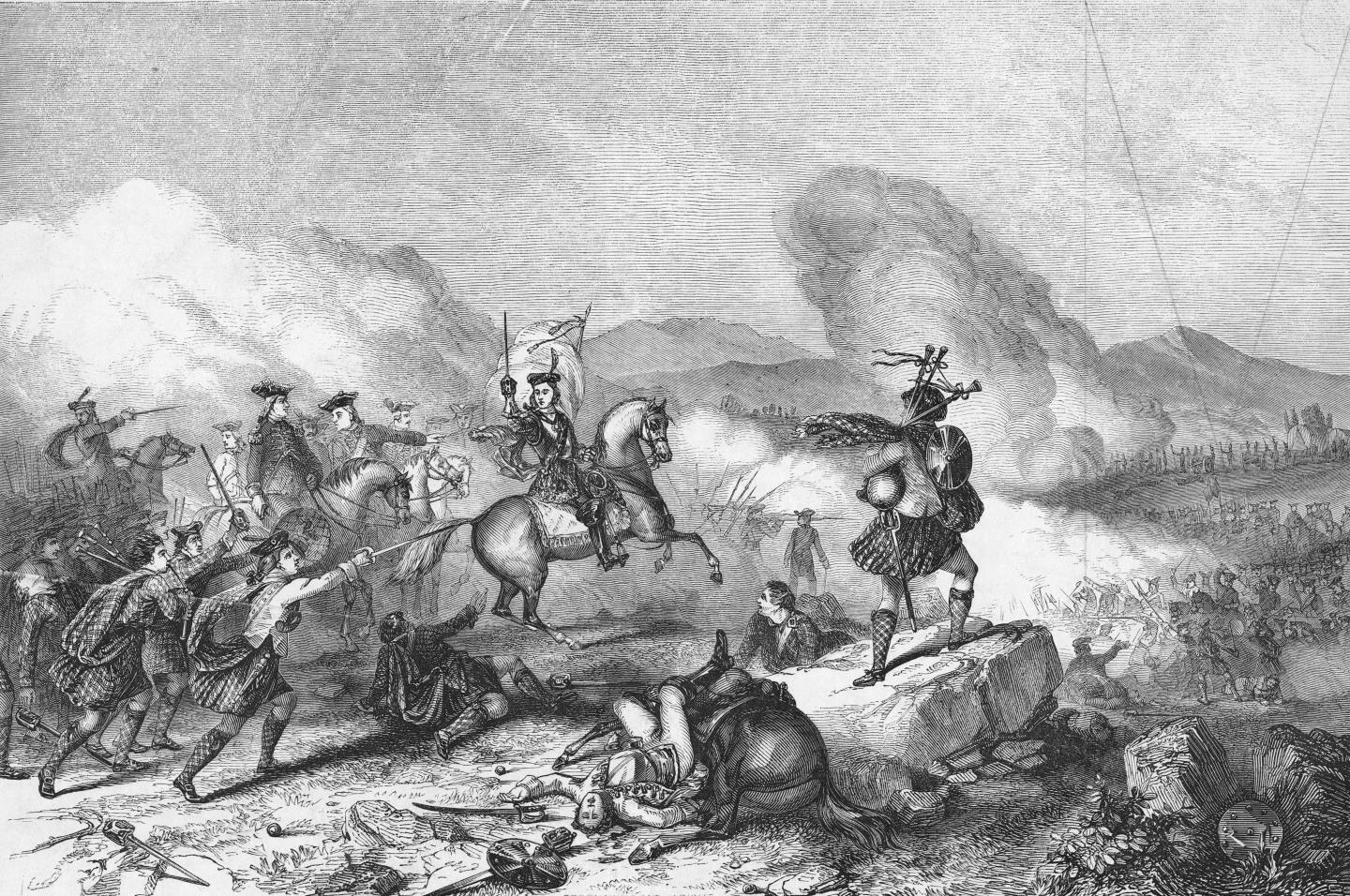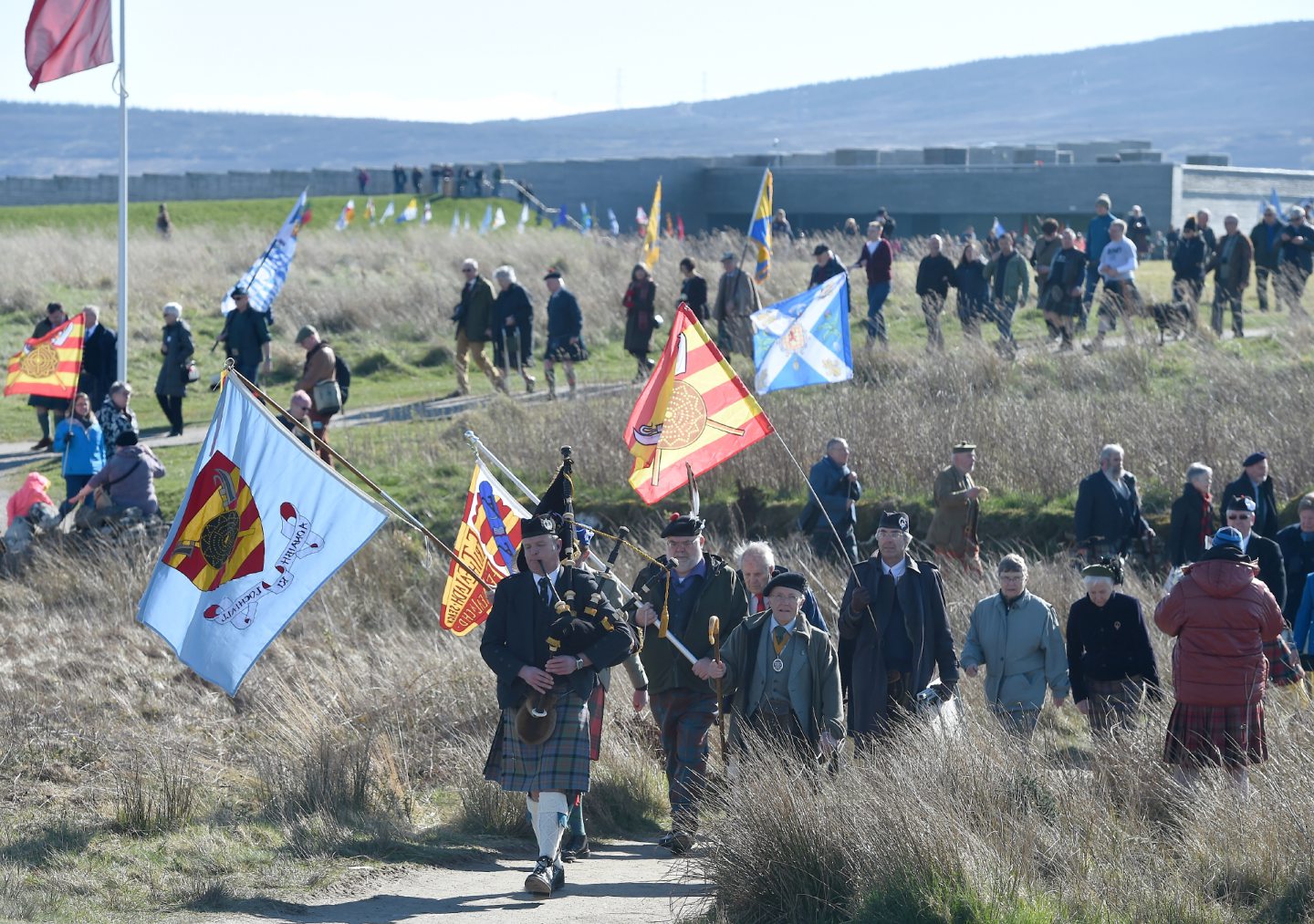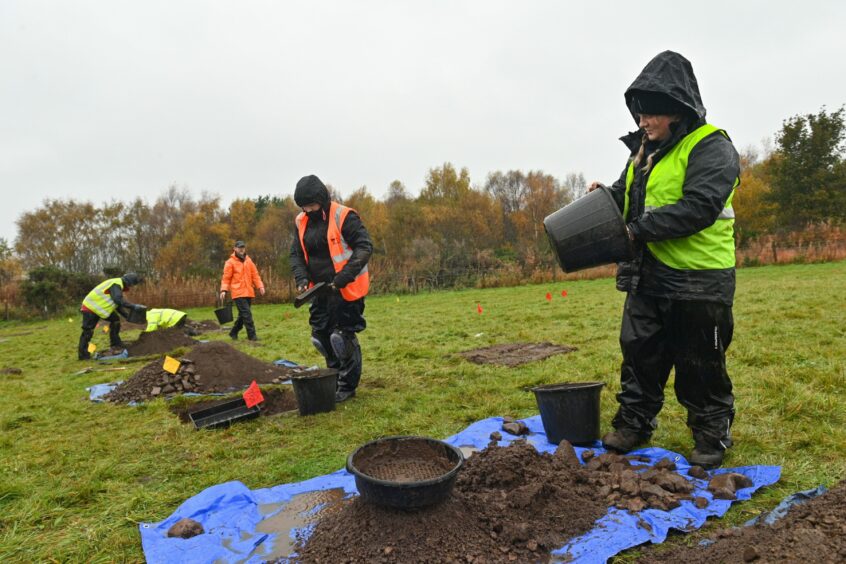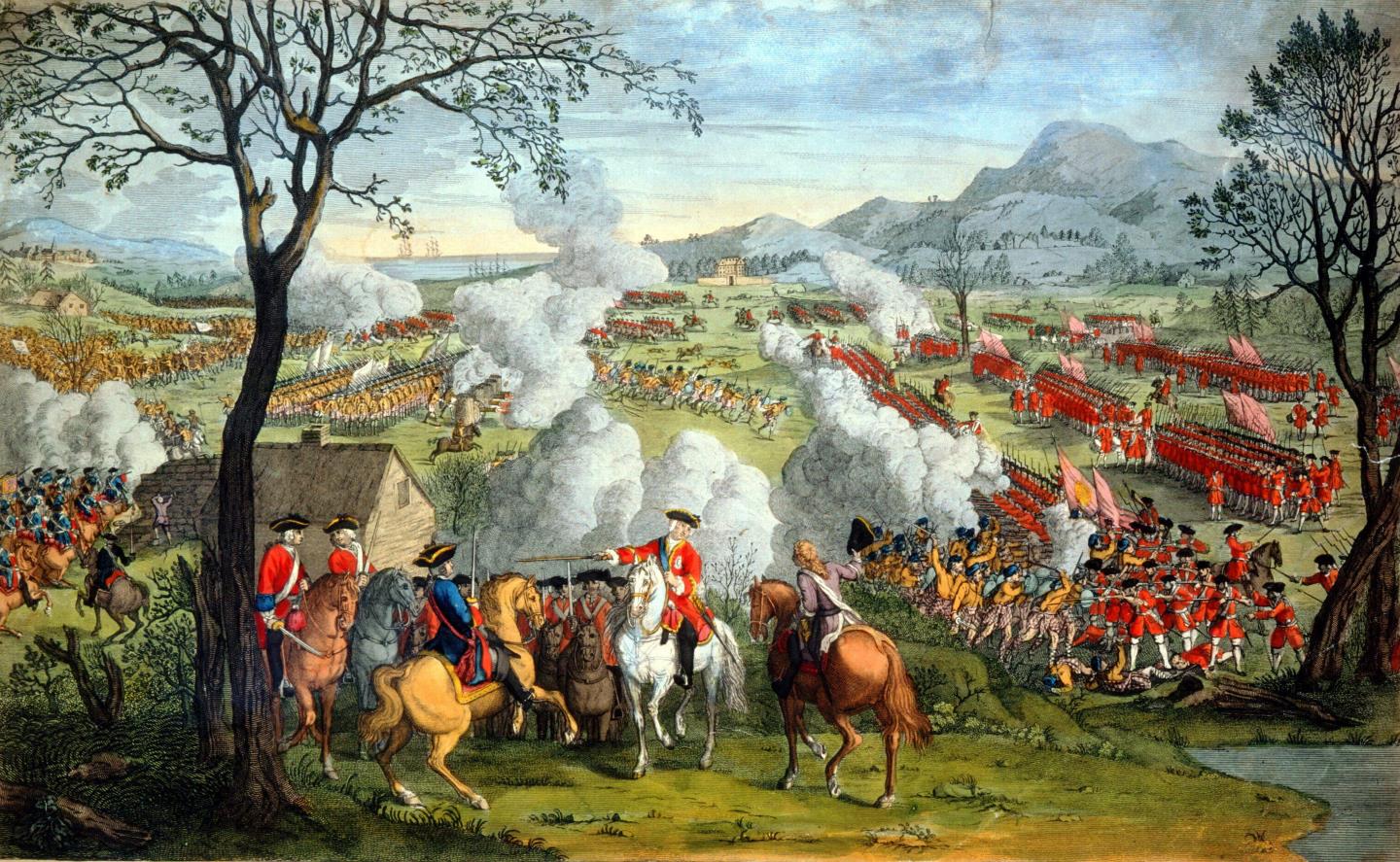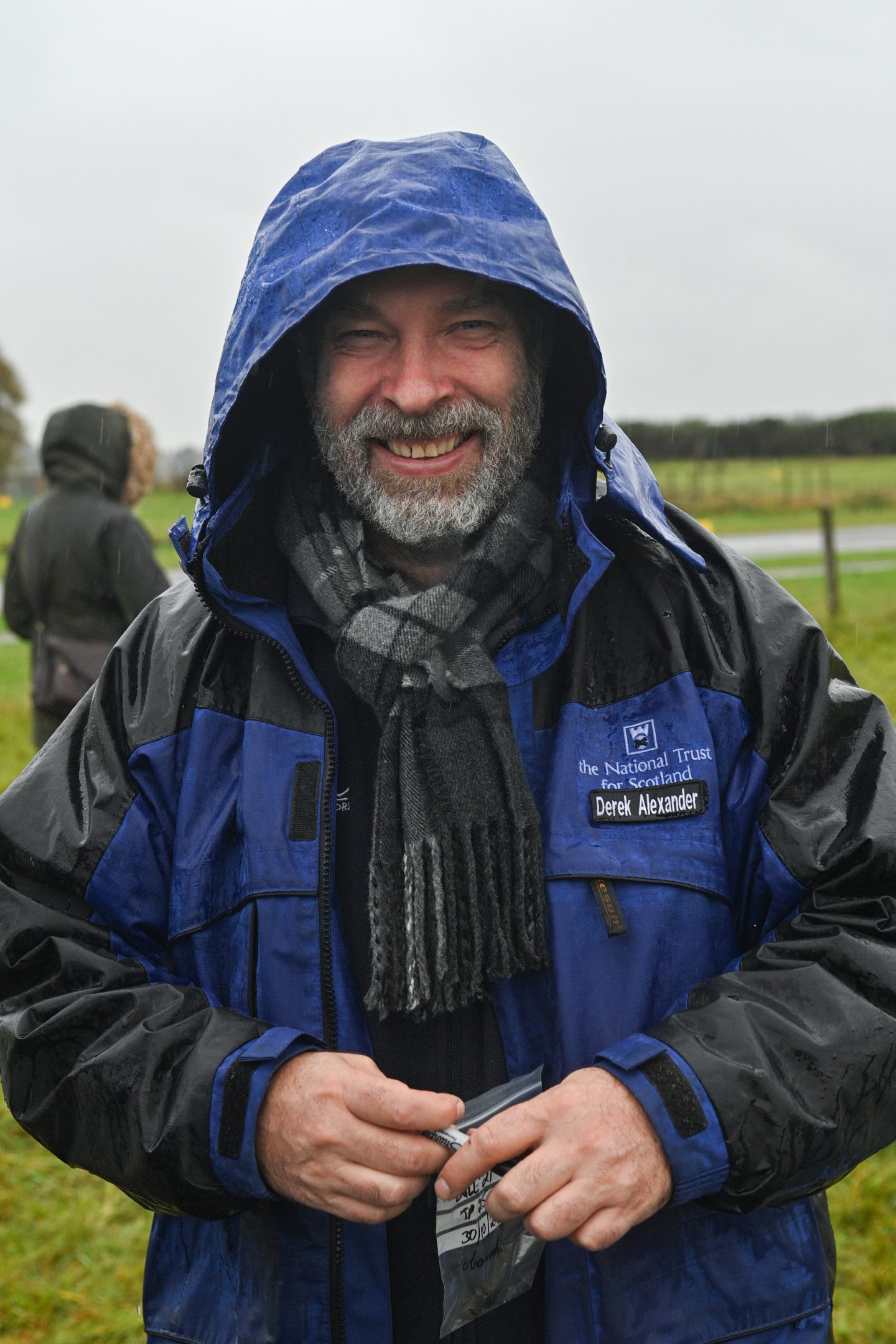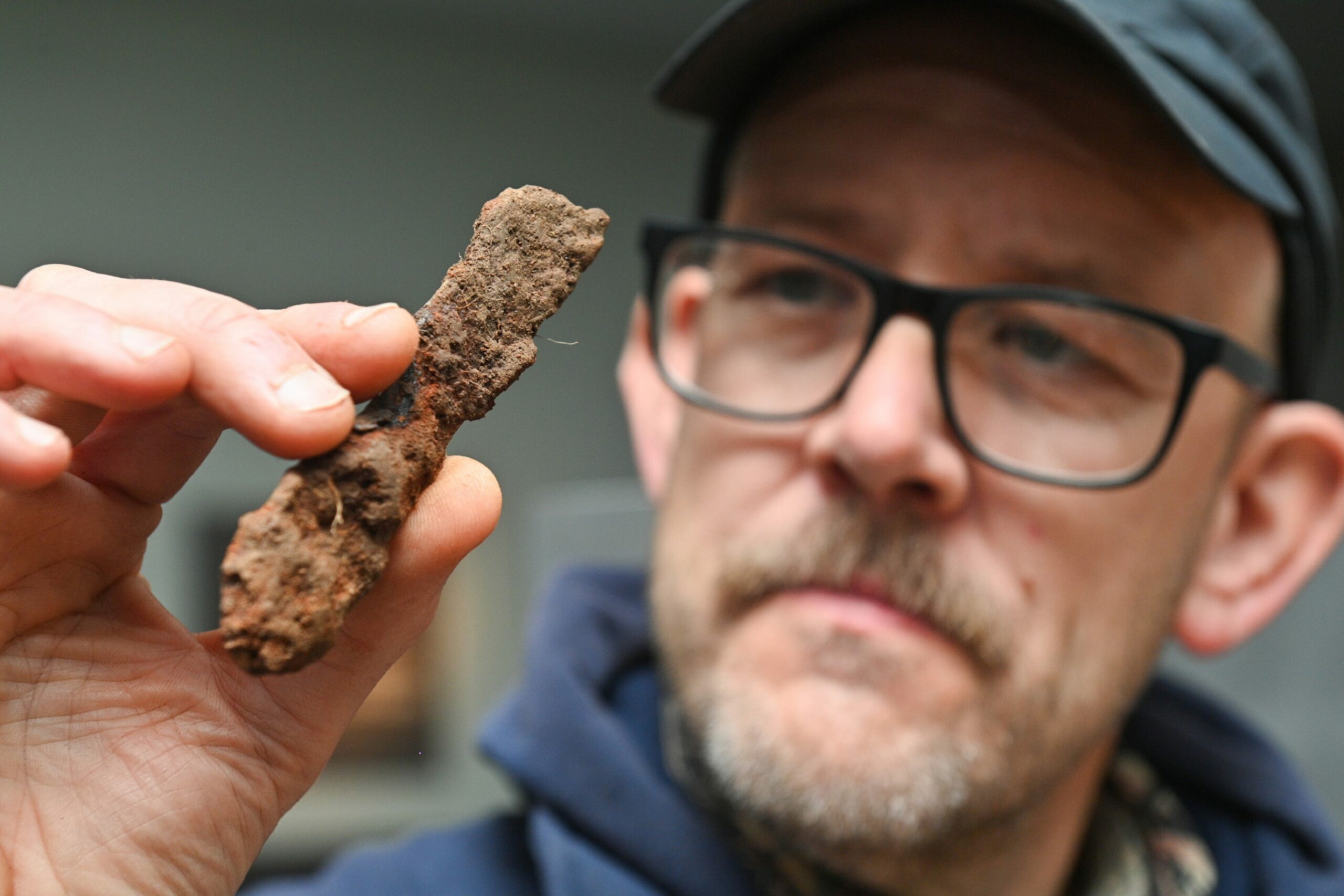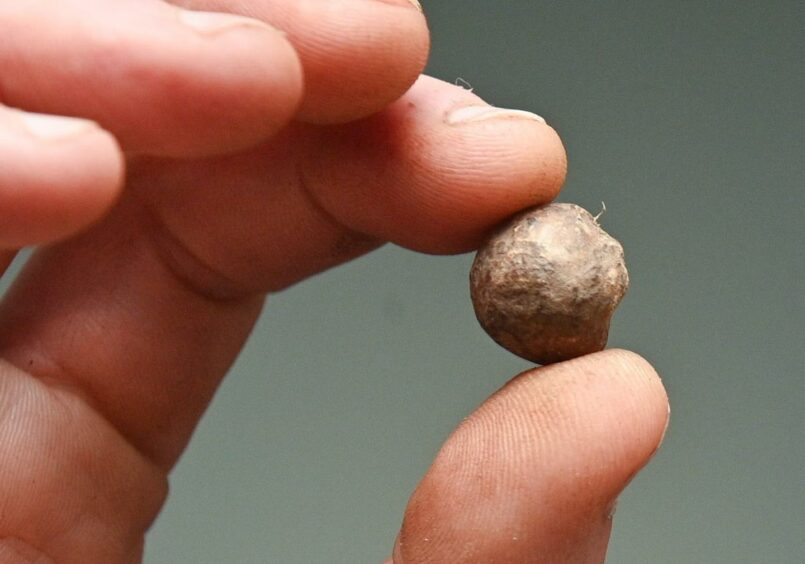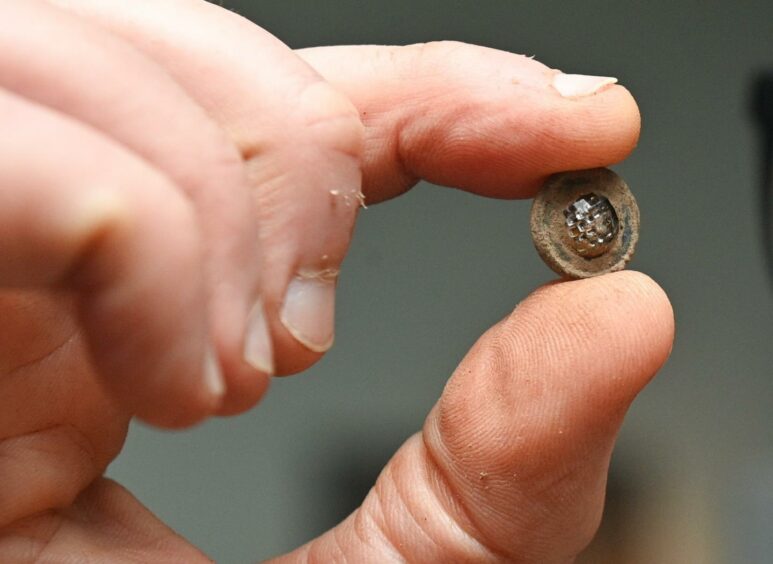Bit by bit, Culloden Moor is giving up its secrets to archaeologists, from its ancient pre-history to its modern agricultural past.
But there’s only one day in the millennia of the moor’s existence that really interests people.
April 16 1746, scene of the last pitched battle fought on British soil.
The Battle of Culloden finally saw an end to the long-standing power struggle between two British monarchs.
The defeat of Prince Charles Edward Stuart’s Jacobite army, and the consolidation of power to the Hanoverian throne had repercussions not only for these islands, but around the world, as historians and academics have detailed in tome after tome.
Nevertheless 275 years later, the battle of Culloden continues to fascinate, prompt debate and division and attract visitors in their droves from far and wide.
Culloden Moor is stewarded by the National Trust for Scotland (NTS) whose team of archaeologists are as curious as the public to piece together what really happened on that day.
Last week saw the first archaeological dig there since 2005.
They decided on a tract of land close to the current visitor centre, and where they think part of the second line of the Government forces assembled.
NTS head of archaeology Dr Derek Alexander said: “We believed that on this field, or perhaps the current car park was the far left hand of the left wing of the second line of the government forces, about 200 yards back from the front line beyond old Leanach cottage.
“If we’re right, somewhere in this field, or the current car park would have been Wolfe’s battalion, and Ligonier’s battalion beyond that.
“Finding a cap badge or buttons off a uniform would confirm this.”
But there’s a problem, he pointed out.
“The trouble with battles is things move all the time, although you look at a map and think things are quite steady on the ground they are actually quite fluid, there’s a lot of movement, so saying someone stood here is quite a difficult thing to do.”
If the archaeologists are right, it conjures up quite a picture.
Derek said: “It’s good to understand how big the regiments and battalions were. On this stretch of approximately 90 yds there would be just one battalion, 380 men, three ranks deep standing there in their red coats.”
Here the troops would have been marching in to get ready for battle, said Dr Daniel Rhodes, also an NTS archaeologist.
“It was quite a short confrontation and you’ve got a lot of people moving around the landscape prior to and after the battle.”
The site of the trenches where up to 20 archaeologists and volunteers dug doggedly in all sorts of weather last week would have witnessed much movement.
Daniel said: “The troops would have been marching in, milling around, getting ready, separating into different areas, so there was a lot of movement and you can find things that might have dropped as they were organising before going into battle.
“Then if casualties had been pulled away from the battle site they would have been looked after in clusters around the edge.
“We’re interested in trying to define what happened afterwards as well.”
So the Holy Grail in this dig would be to find something which pins down the presence of the battalion to that site.
On this occasion the team was to be disappointed.
The closest they found to unravelling the secrets of this section of the battleground were musket balls and a broken blade, distorted with rust but similar to the blades of smaller weapons known to be used in the battle.
An x-ray will yield its real shape and dimensions, Daniel said, and help them to compare the blade with knives from the time, some of which are held in the Culloden museum.
A small metal hoop, also distorted with rust will be x-rayed too.
“It looks like it might be some kind of pin which might be associated with some of the mortars or hardware that was actually used in the battle.”
Cavalry movements
A horseshoe also came to light which might be significant.
Daniel said: “Thinking about where we are on the battlefield and the movement of government troops specifically, we’re thinking about cavalry movements, so once we research into the kind of horses used here, the horseshoe might be significant.”
But it has to be remembered that the battlefield reverted to agricultural use, so along with a bit of metal plough that came up during the dig, a horseshoe on a field isn’t surprising.
Derek said: “The land has been ploughed again and again, and it’s shallow.
“We hit the rock base, deposited in the last ice age, quite near the surface.
“All the objects are mixed up in the top soil, so we’re not looking for things that are lying in their exact position, they’ve been mixed around quite a bit.”
There was great excitement when the first of two musket balls turned up at the dig.
Daniel said: “It has an impact mark on it, so we know it has been fired which is really exciting and gives as a live trajectory from the battle itself.
“These lead shots may have passed through or over the Government first line to land close to the second line.
“The low concentration of lead shot may be the result of most Jacobite musket and pistol volleys hitting Barrel’s battalion in the first line, with only occasional shots reaching this far back.”
The most personal item to emerge was a tiny metal button with inlaid glass.
This will be compared with buttons in costume collections to see when it might be from.
“It may be too fancy for uniform, maybe not,” Daniel said.
History didn’t begin and end with the famous battle.
Pre-historic finds
Daniel said: “These places have been used for thousands of years to more recently so again, it’s sifting through all this- our volunteers have been absolutely fantastic and nothing gets missed.
“We’ve found some pre-historic remains including burnt animal bone and flint for making tools which predate the battle by a couple of thousand years.
“Some of the written accounts talk about the government moving across ploughed land or through bog, so with the excavation showing up a piece of plough and we have plough marks in the field, so if we can see that’s contemporary with the battle, we can line up the written accounts of the troops’ movements with exactly where we’re excavating.”
An Englishman at Culloden
Daniel, who is from Yorkshire, was asked several times by the public if it was awkward for him being an Englishman at Culloden.
He said: “One of the things that we do want to try and explain to people is it wasn’t a battle between the Scots and the English, it was a battle between two monarchs.
“The Jacobites marched on London, there’s a Manchester regiment of Jacobites, and there was a huge amount of Scots on the side of the Government, Campbells of Argyle and there were Irish and French as well in there, so it was a lot more than a fight for Scotland.
“It was a fight between two monarchs that Scotland was sucked up into, so actually me explaining that as someone from Yorkshire is quite an important part of what we do here.”
Exciting time
Raoul Curtis Machin, operations manager at Culloden Battlefield and Visitor Centre, said the history and archaeology research strands are coming together to update the whole battle story.
“The boggy, uneven nature of the physical landscape had a huge impact on how troops were deployed, and this survey work, paid for by the Culloden Fighting Fund, could confirm recent thinking. ”
Military historian Professor Christopher Duffy said he found the test pits to be of considerable interest.
“They corresponded with the location of Cumberland’s second line, and show that he was able to find his way around the great Yellow Bog that had obstructed his progess, and thus form his army in lines of battle on one of the few spreads of firm and unobstructed ground on the battlefield.
“All he then had to do was to wait in position to await the Jacobites as the attacked across much more soggy terrain.”
The core dig was carried about by 30 NTS volunteers and staff and volunteers from the visitor centre.
A public open day was attended by more than 150 visitors and volunteers, some of whom got their hands dirty helping with the dig.
Raoul said: “The team gave an impromptu talk to a school group too, and it was great to see their enthusiasm for the battle which happened 275 years ago.
“We would like to say a big thank you to our supporters who have contributed to the Fighting Fund and we look forward to seeing where the research takes us next.”
